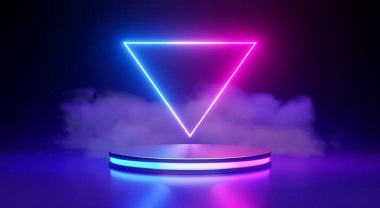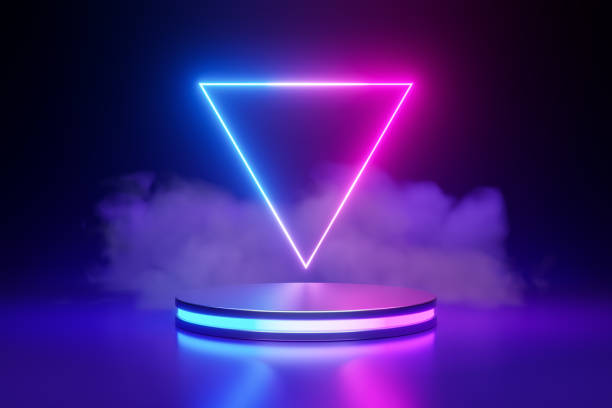Article of Manufacture Requirement in the US
Section 171 of title 35 United States Code provides “whoever invents any new, original and ornamental design for an article of manufacture may obtain a patent thereof”. To satisfy the basic requirement of gaining a design patent, the applicants must truly depict that the design must be for an article of manufacture or it must be embodied in such an article of manufacture. Because of the emerging technologies such as projections, virtual and augmented reality, the USPTO is exploring the arena of protection of digital design patents. The office primarily considers the designs for computer-generated icons embodied in articles of manufacture as statutorily eligible for attaining a patent. However, the jurisprudence has not addressed whether such a design must be protected under the said law or not.
The hon’ble Supreme Court in a 2016 judicial pronouncement of Samsung Electronics Co. vs. Apple Inc., analysed the term and provided a definition for the term. The court stated that the term has a broad meaning and is used in Section 289 for the end product sold to the customer and even the smallest component of that product. The court found that an “article” is just “a particular thing” and the term “manufacture” means “the conversion of raw materials by hand or machinery into such articles that can be used and are suitable for men”. Thus, it was concluded that an article of manufacture is simply something made by hand or machine.
For instance, a picture cannot be granted any patent. The difference between a mere picture and a design patent is simply the embodiment of design in an “article of manufacture”. Therefore, it is essential to consider this requisite while granting such a patent.
Moreover, apart from this requirement, the pre-requisites remain common across all the patents i.e., novelty, non-obviousness, ornamentality and originality.
Design Patents in Technological Era
Recently, the US Patent and Trademark Office recently submitted a notice that they would accept public comment on how the phrase ‘article of manufacture’ can be interpreted with respect to design patents in digital works. Currently, the digital designs cannot be patented as articles of manufacture. However, the office is reviewing the requirement.
Currently, to be eligible for a design patent protection, the computer-generated icon should be:
- Embodied in a computer screen, monitor, other display panel of any portion thereof;
- More than a mere picture on a screen and
- Integral to the operation of the computer displaying the particular design.
The technological advances allowed the development of designs that are not applied to merely physical products but can perform a more enriching and efficient function such as controlling the electronic devices. The issue here is that the patent and trademark office is not aware of any precedents justifying their decisions and research in the field. There are no judicial pronouncements on a design which lack a “stable” physical form but plays an indispensable role in the function of a digital product and thus, can be brought into the purview of design patents. The new technology is aiming at pushing the boundaries of the traditional patent laws to include the ever-growing and developing technology and related products.
The public opinion or comment was based on the requirement of design patents in the field of digital media wherein computer icons are playing a crucial role in recognition. The stakeholders were asked to identify the designs and the related types attached with the new and emerging technology that are not currently protected under the design patents. Moreover, in the further questions, the government elaborated on the conditions of a particular projection or image and whether such a depiction must be granted the requisite protection or not. However, a review of comments is not provided and no further action has been taken yet.
Trends in other Jurisdictions
In India, the Design patents and the concept related to “Article of Manufacture” are still in the nascent stage with not many precedents justifying or opposing the concept and hence, the inclusion of digital icons and art in design patents is in a far future.
However, many jurisdictions have also updated their laws to include the protection for new technologies. For instance, Singapore has modified the law to eliminate the particular requirement that the design must solely be embodied on a physical product. The law provides the protection for both non-animated and animated graphical user interface. Similarly, Japan has also modified its law to broaden the scope for protection to include the digital images that are not displayed on an article including the images on screen and further, the images that can be seen through virtual and augmented reality.
The trends have shown that most jurisdiction do not need an established relationship between a GUI/icon and an article for registration because the nature of these designs is such that it may be used on different articles in different environment. Thus, most of the jurisdictions are now considering the inclusion of digital designs in the protection conferred under design patents.
Conclusion
The technological era has posed certain opportunities and challenges for the global economy. One such challenge has been the registration of a computer-generated icon in a digital regime. Countries such as Singapore and Japan have taken the steps to include the design of a particular icon to be patented. The individuals or organizations forming and manufacturing the computer-generated icons are manufacturers and producers as well. Such individuals must also be considered a part of the traditional design patents. The laws must be evolved to be more inclusive and less exclusive. The USPTO has asked for public comments. The analysis of the document is not yet presented and the future holds the decision of the citizens and stakeholders of the country at large.
Author: Tanya Saraswat – a student of Narsee Monjee Institute of Managemen Studies (NMIMS), in case of any queries please contact/write back to us at support@ipandlegalfilings.com or IP & Legal Filing.




